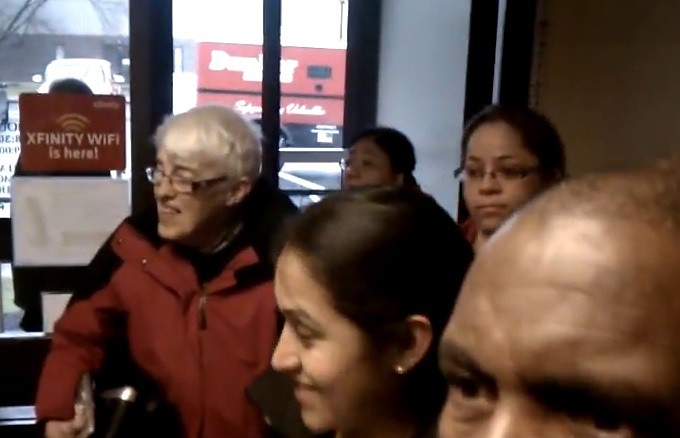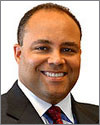
Omario Kris Henley Carlyle, 33, was charged with burglary and two counts of battery after kicking in the door of two Florida Comcast customers and attacking them.
At the recent Public Service Commission hearing held in Buffalo, I promised the commissioners a comparison of the type of service Comcast customers have gotten in the past vs. what Time Warner Cable customers have received. Neither company is a prize by any means, but at least with Time Warner Cable, your chances of surviving a service call unscathed are far better than being robbed, raped, or murdered by one of Comcast’s sketchy sub-contractors.
There are too many examples to bring to light in just one article so we’re launching a regular series of reports, illustrating these are not isolated problems and are unlikely to go away anytime soon.
In today’s edition, Comcast’s image isn’t helped hiring a homeless man who defecated in a customer’s yard, Comcast sub-contractor rapists run amuck, and why you should never leave a Comcast worker alone in your home:
The Chicagoist: “When he cut my throat I thought I was going to be dead,” said Natasha Saine. Saine was attacked in 1996 in Little Rock, Arkansas by Ceotis Franks, an independent contractor paid by Comcast to install their cable service. Franks also, “…raped her, threw her in a bathtub and tried electrocuting her. He even set her bedroom on fire.”
Boston Globe: Braintree Town Council reprimanded Comcast this week after one (homeless) worker for a subcontractor it hired to hand out flyers door-to-door allegedly defecated in a resident’s yard, and two others were arrested by police on outstanding warrants.

XFINITY Wi-Fi may be here, but good customer service sure isn’t as these Walden residents wait in line over an hour for assistance.
Gloucester Times: A cable television salesman and installer admitted yesterday to swiping jewelry from two apartments in a Route 1 complex where he was working last month. But Brian Kuschner, 37, of Manchester, N.H., is only serving time for one of those thefts, after making an unusual deal with Danvers police. Kuschner was part of a crew of workers hired by a subcontractor for Comcast selling cable packages and upgrading cable service at the upscale Endicott Green Apartments on Route 1 on the evening of Nov. 23 when he was sent to apartment 1303. The resident told police that when she went into the bedroom after Kuschner left she realized that a Rolex watch was missing from a dresser. She immediately called police, who rounded up all the Comcast workers at the complex’s clubhouse.
TCPalm: Comcast cable installer accused of attacking customers in their home in Indian River County – A cable service contractor kicked in the door of a home and attacked two customers at their home Saturday, according to an Indian River County Sheriff’s Office affidavit.
J.R. Roberts Security Strategies/Sacramento Bee: A former cable television installer with a history of sex crimes was sentenced to 37 years in prison Friday for raping a developmentally disabled Carmichael, California woman while working in her neighborhood. Judge Michael T. Garcia sentenced Luis Jeovanny Saravia, 31, in Sacramento Superior Court, closing the criminal prosecution for the 20-year-old woman and her family. Luis Saravia had worked for Links Communication, a Sacramento-based firm contracted by Comcast.
Semmes, Attorneys At Law: How Comcast legally washes its hands of any responsibility for the conduct of their subcontractor installers.
[flv]http://www.phillipdampier.com/video/Worst ever customer service from Comcast.mp4[/flv]
In this lighter moment, Comcast kept these customers in Malden, Mass. waiting more than one hour at their customer service center with just one employee barely interacting with customers while the other three service windows remained closed and the line stretched out the door. Finally, someone offering worse service than the DMV! (1:44)


 Subscribe
Subscribe
 A residential burglar alarm in the city of Houston
A residential burglar alarm in the city of Houston 





